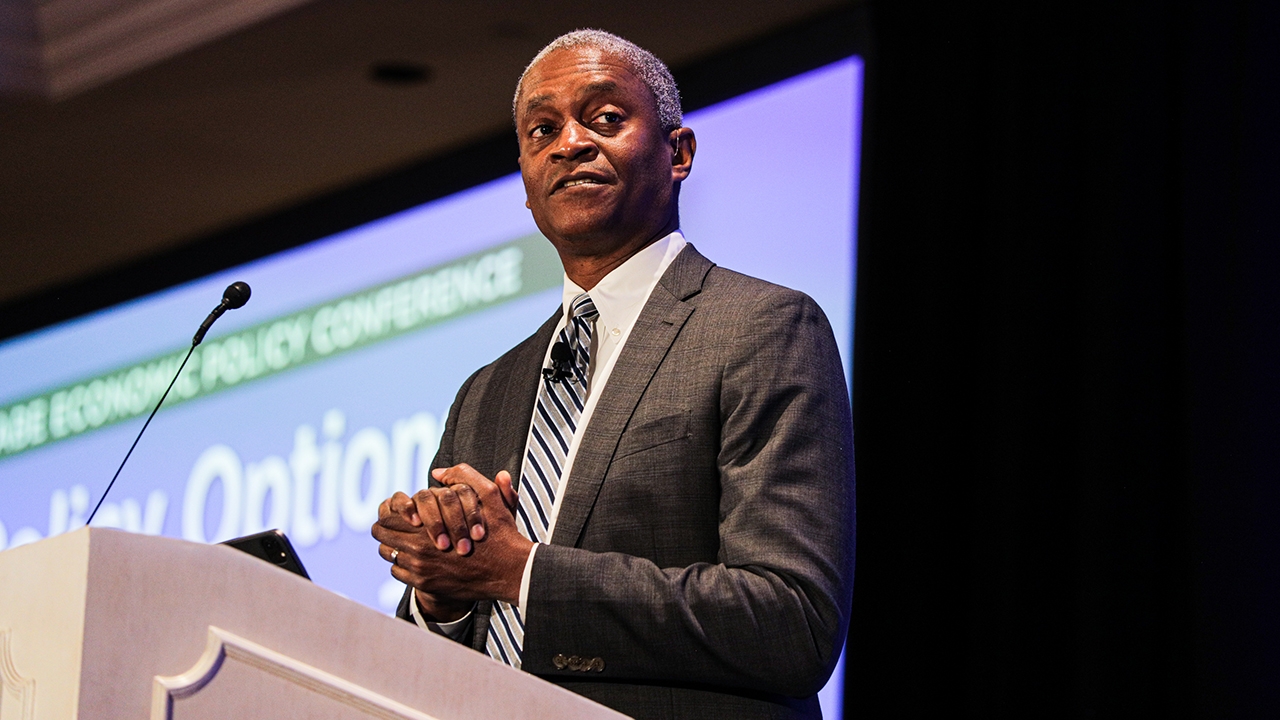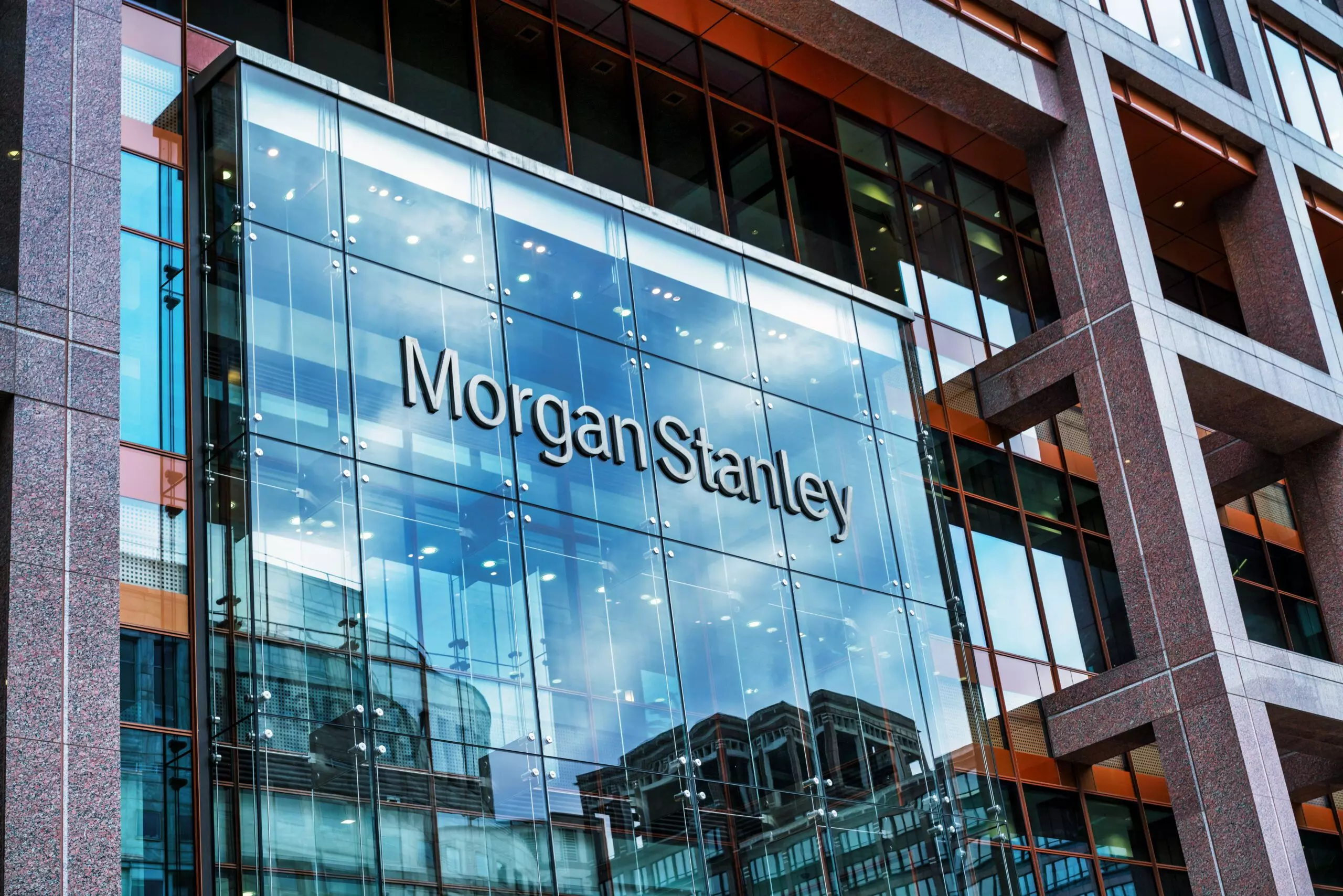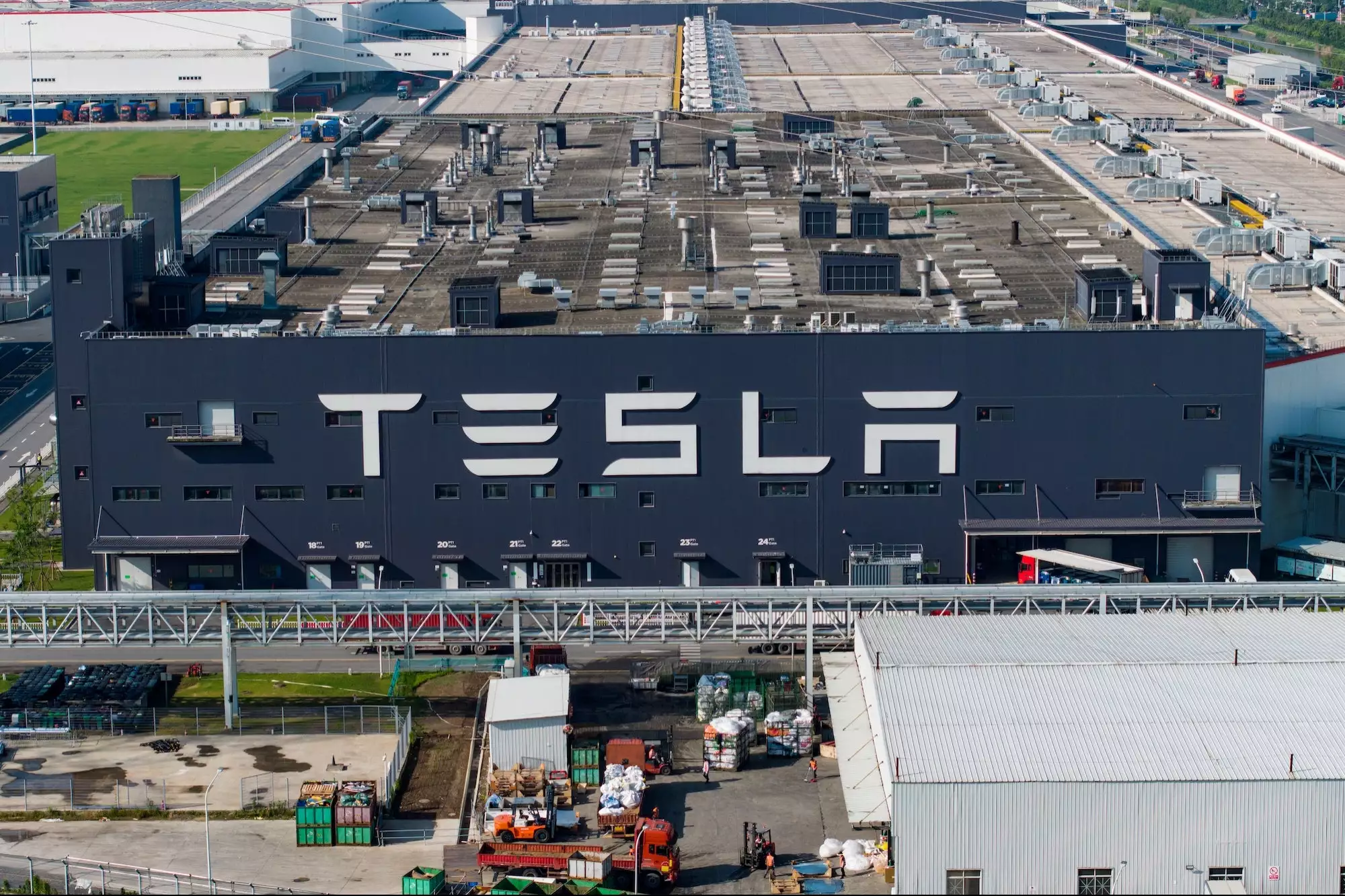Federal Reserve Bank of Atlanta President Raphael Bostic has highlighted concerns about the upcoming challenges the U.S. economy may face due to refinancing existing debt at higher interest rates, which could disrupt financial institutions and the government.
Speaking at the South African Reserve Bank’s Biennial Research Conference in Cape Town, Bostic emphasized the need for an adjustment as low-interest debt matures, warning of potential shake-ups across various sectors.
Bostic, known for his dovish stance, urged policymakers to exercise caution and patience to avoid inflicting unnecessary economic pain, as he does not have a voting role in this year’s monetary policy decisions.
While the Federal Reserve aggressively raised rates in 2022, there has been a slowdown in rate hikes this year, signaling a possible end to the tightening cycle.
Bostic highlighted the lack of experience in a rising interest rate environment and noted that many bankers have not encountered such conditions, indicating the need for a learning curve.
Additionally, he emphasized the increased pressure on government debt as interest payments rise substantially, affecting various aspects of the economy.
Bostic also touched on the potential rise in the U.S.’s long-term neutral interest rate, attributing it to businesses enhancing productivity, particularly by adopting technology during and after the COVID-19 pandemic.
He illustrated this with an example of a restaurant using robots to improve efficiency while providing services.
In July, policymakers raised the benchmark interest rate from 5.25% to 5.5%, marking a 22-year high. The most recent projections suggested another rate increase this year.
However, financial markets currently anticipate rates to remain unchanged during the September 19-20 meeting.
Federal Reserve Chair Jerome Powell echoed the concerns about inflation remaining elevated at the Kansas City Fed’s conference in Jackson Hole, Wyoming, emphasizing the central bank’s readiness to take further action, including maintaining a restrictive policy stance until sustainable progress towards the inflation target is observed.







